When celebrations push exploding colored lighting into the heavens it’s time to break out a camera. Fireworks photography is a blast!
Grab your tripod
A sturdy tripod on a sturdy surface is important to solid fireworks images. I once set my tripod on a wooden deck with people moving a bit. Needless to say all of my fireworks trails were a mess and pretty much unusable. Quite a disappointment.
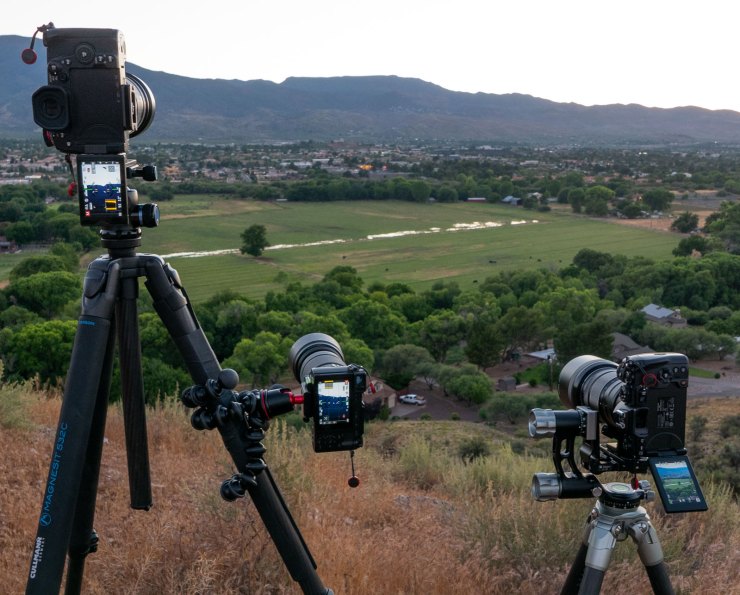
I push my tripod use and here is a set up I used last year to support three cameras. Each camera is triggered by either an iPad or iPhone so I don’t touch the cameras and avoid all shake.
A good base will allow the fireworks trails to read nicely with no “jitters.”
Look at your exposure
Aperture, shutter speed and ISO equals your exposure triangle.
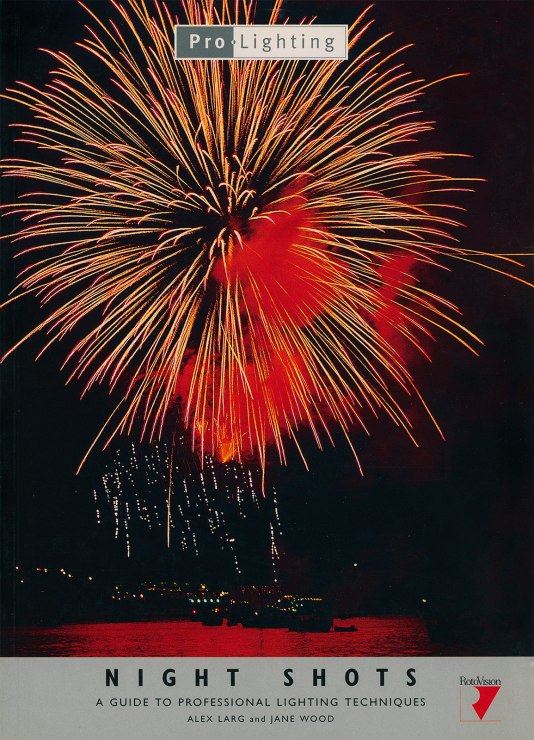
ISO
I recommend using the native ISO of your camera. For micro four-thirds, which I use, that is ISO 200. If you are shooting a full frame camera ISO 100 is your best bet for quality captures. If you have a choice you’ll want to have a lower ISO vs. higher for capturing longer trails.
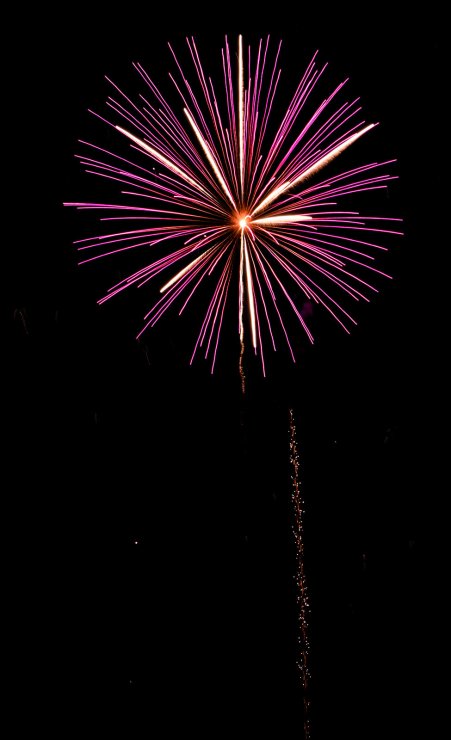
Aperture
Your aperture can vary dependent upon the look you would like. Try f/8 to f/14. The smaller your aperture the longer you can have your shutter open.
The aperture will also control any light in the scene. After it gets dark and before the fireworks start, take a few test exposures to see how any lights in your scene will render.
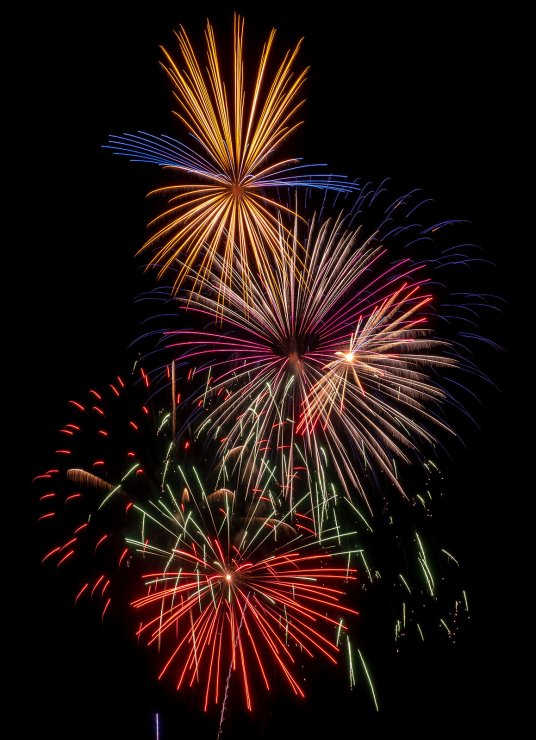
Time exposure
We are literally writing with light. The light needs time to move through the frame to be recorded. Light trails falling back to earth give you the sense of movement in a still frame. In going through my older images to find samples I found shorter exposures of one second that led to unexciting captures.
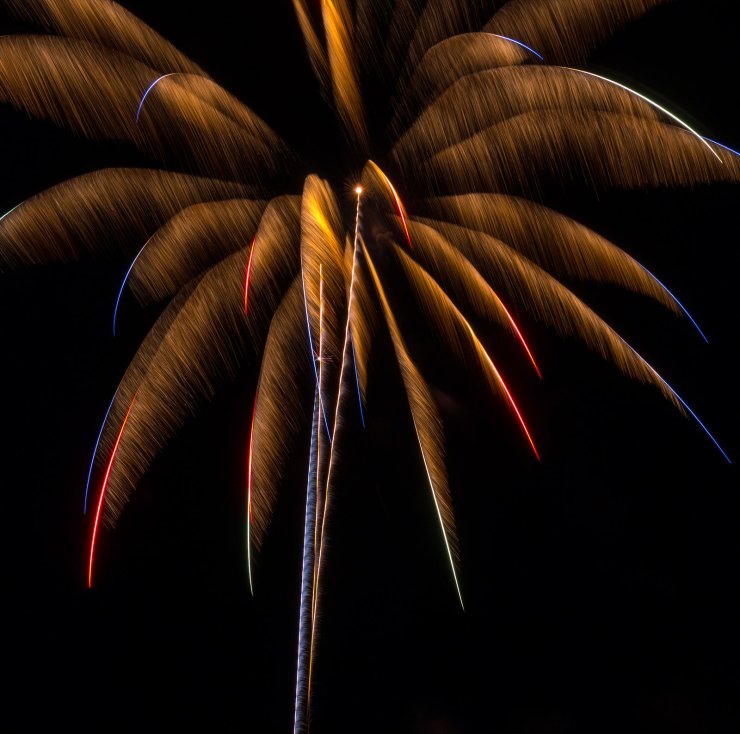
My more successful exposures range from three to five seconds which consistently give me interesting trails.
In-camera processing
Olympus pioneered some computational captures that work great for fireworks. Live Composite mode allows you to watch as the fireworks build on your screen. You can then end the exposure when you feel you have enough bursts captured in a single frame.
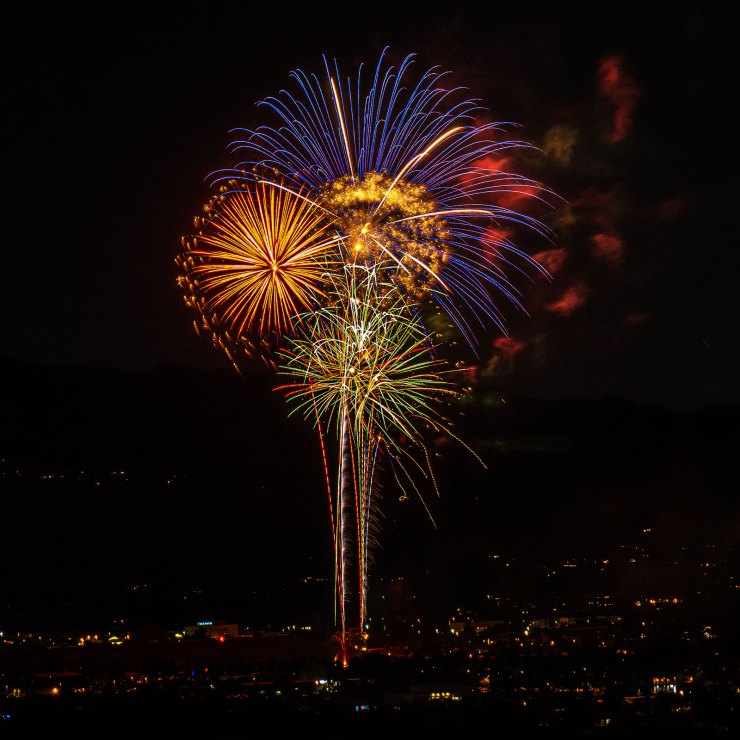
On the Olympus E-M1X and the E-M1 Mark III, you set the exposure for your initial exposure making sure to not overexpose your background. When you trigger the exposure the camera will repeat that exposure until you stop. BUT, it only records additional light … not shadows.
The Live Composite mode also works great for lightning, star trail and car light trail images, too.
Post-production
Once you have made your images they can fall a little flat upon review. There are some good bursts, some blown out a little or in the wrong place in the frame. Time for a little Photoshop magic. Pick your favorite images and work them together.
.mgl-tiles { display: none; } #mgl-gallery-634eef0fe6e8f { margin: -5px; width: calc(100% + 10px); } #mgl-gallery-634eef0fe6e8f .mgl-box { padding: 5px; } @media screen and (max-width: 768px) { #mgl-gallery-634eef0fe6e8f { margin: -5px; width: calc(100% + 10px); } #mgl-gallery-634eef0fe6e8f .mgl-box { padding: 5px; } } @media screen and (max-width: 460px) { #mgl-gallery-634eef0fe6e8f { margin: -5px; width: calc(100% + 10px); } #mgl-gallery-634eef0fe6e8f .mgl-box { padding: 5px; } }
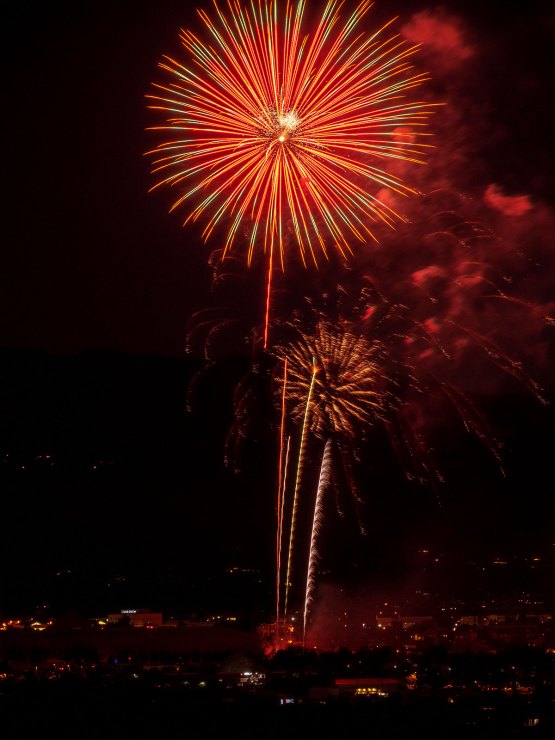
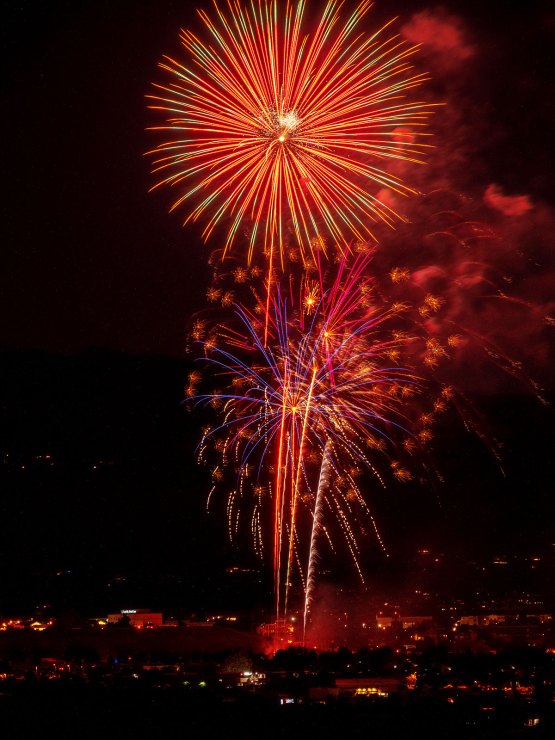
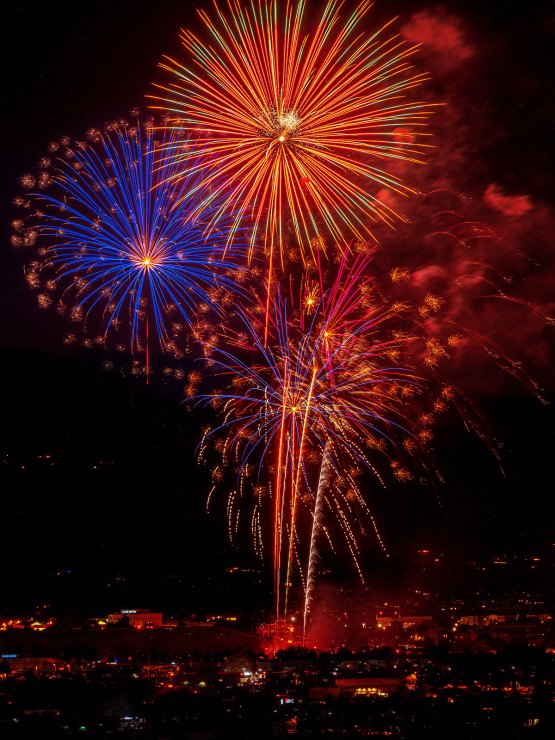
There is a little Blend Mode magic. To start, load your individual captures as Layers. Then change the Blend Mode of the Layer to Screen. This will make everything that is dark disappear — all that remains is the fireworks.
At that point, you can maneuver the fireworks to fill out the frame. If there are pieces you wish to remove for the good of the composition you can add a mask to the Layer and remove them.
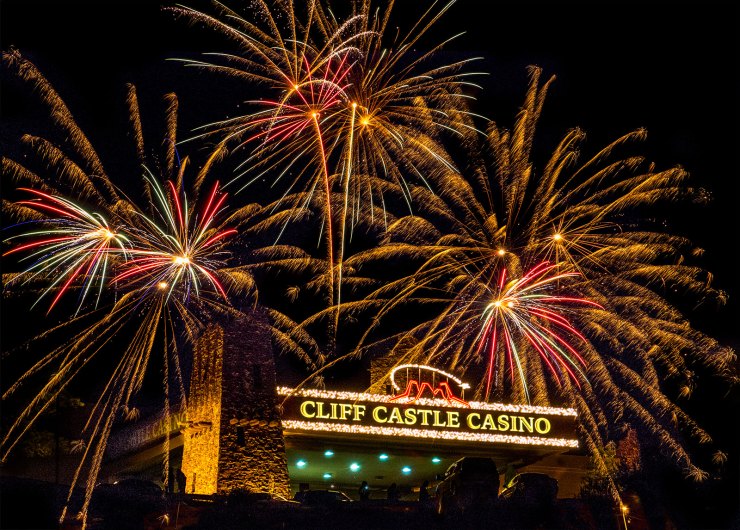
Photography association membership and experimentation
Being a member of photo groups and associations can help in many ways to improve your photography. Sharing ideas makes all photographers become stronger. I’m a member of Arizona Professional Photographers Association. Even though I present programs to photography organizations I constantly learn from fellow members.
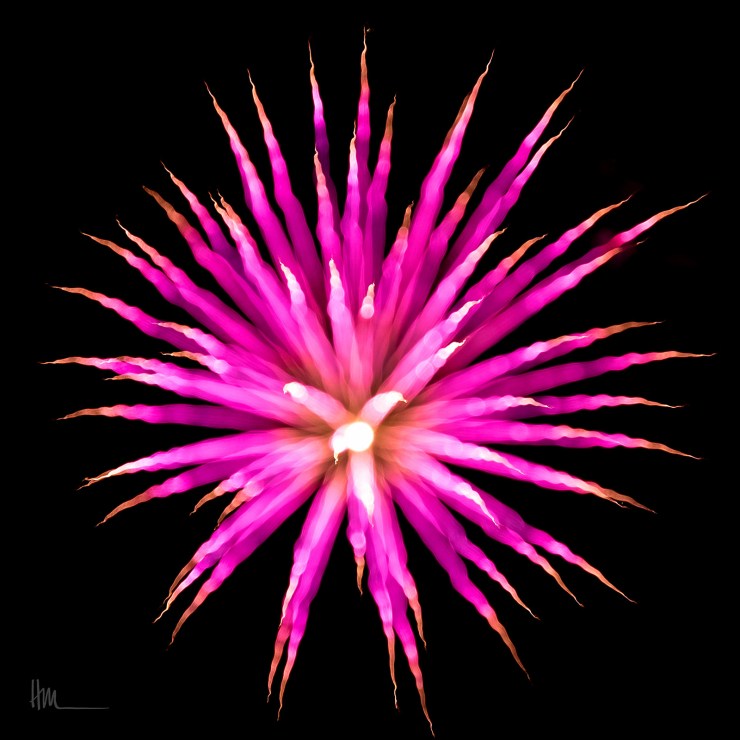
Case in point. AZPPA member Heidi Mixon shared this creative concept for getting a totally different result while photographing fireworks. She suggests changing focus during the capture of the fireworks burst. The resulting images look as if there are flowers floating in the sky.
Since Heidi was good enough to share her whole process with us, I’m devoting another post to her technique. I think you’ll enjoy it!
Yours in Creative Photography, Bob
Tell your story with the second annual Visual Storytelling Conference!
Experience four days of interactive, online training sessions featuring a range of educational content with experienced photographers and content creators. This free event kicks off with a series of technical boot camps to build essential skills, followed by live, online sessions on photography, video, business and social media. Join live from March 10-13, 2022!
